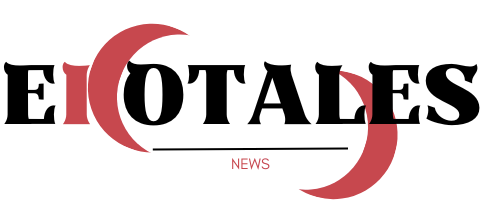The sleek aesthetics and potential advantages of the dark mode have made it a dominant trend in online interfaces, drawing in users. From reducing eye strain to conserving battery life, the allure of dark UI is undeniable.Here we explore the rising popularity of dark mode design and uncover its potential impact on the digital landscape.
The Rise of Dark Mode Design
Dark mode, once a niche feature, has now become a mainstream phenomenon, embraced by popular apps, operating systems, and websites. What was once perceived as a novelty has evolved into a preferred choice for many users, thanks to its stylish appearance and practical advantages.
Aesthetics Meets Functionality
At its core, dark mode design offers a refreshing departure from traditional light-themed interfaces. With its muted color palette and high contrast elements, dark UI creates a visually striking experience that appeals to modern sensibilities. Whether browsing late at night or in low-light environments, users can enjoy a more comfortable viewing experience without straining their eyes.
Energy Efficiency and Battery Savings
Beyond its visual appeal, dark mode design also boasts energy-efficient properties that benefit both users and the environment. By displaying predominantly black backgrounds and minimizing the use of bright colors, dark UI consumes less power on devices with OLED or AMOLED screens. This not only extends battery life on smartphones and laptops but also contributes to reduced energy consumption on a larger scale.
Enhancing User Experience
One of the most compelling aspects of dark mode design is its potential to enhance user experience. Studies have shown that dark UI can improve readability, reduce glare, and even mitigate symptoms of digital eye strain. By prioritizing user comfort and accessibility, designers can create interfaces that cater to a wider audience and promote prolonged engagement.
Illuminating the Benefits: Real-World Examples
Let’s illuminate the benefits of dark mode design with real-world examples:
Twitter: The social media platform seamlessly integrates dark mode into its interface, providing users with an alternative color scheme that is easier on the eyes during night time browsing sessions.
YouTube: With its dark theme feature, YouTube enhances the viewing experience by reducing distractions and focusing attention on the content, especially in dimly lit environments.
Apple: iOS users can optimize their devices for different lighting conditions with Apple’s system-wide dark mode functionality, ensuring a consistent and visually pleasing experience across the entire operating system.
Embracing the Dark Side
In conclusion, dark mode design represents a compelling evolution in web interface aesthetics and functionality. By embracing dark UI, designers can create visually stunning experiences that prioritize user comfort, energy efficiency, and readability. As the popularity of dark mode continues to rise, its influence on the digital landscape is undeniable, shaping the way we interact with technology for years to come.


